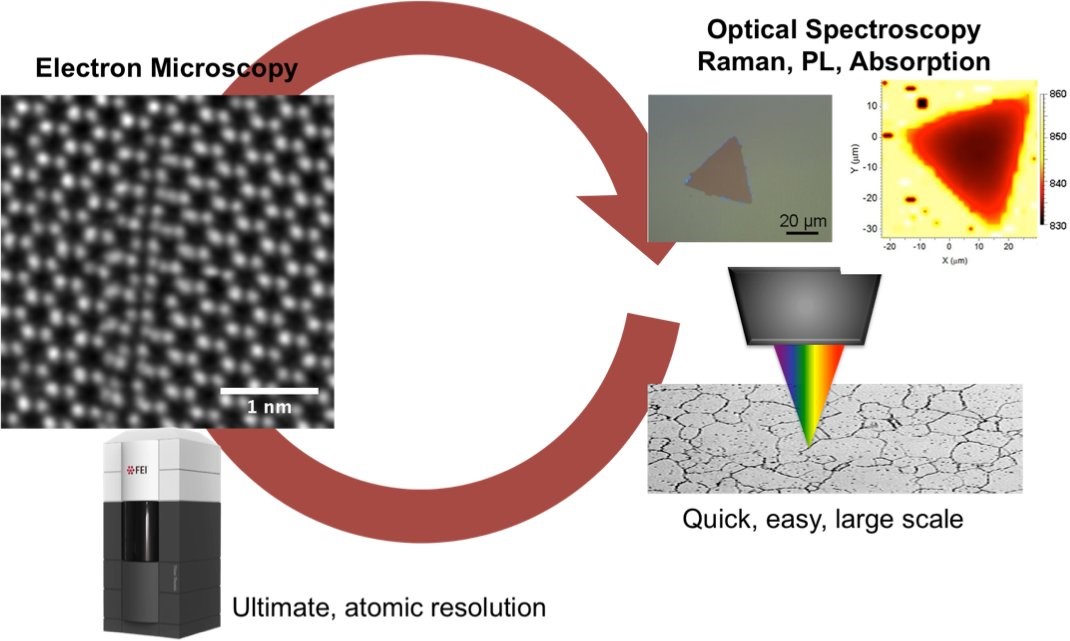
Lecturer in multi-scale, multi-dimensional imaging of natural and synthetic materials, jointly appointed in the Department of Earth Sciences and the Department of Materials Science and Metallurgy
My research uses correlative, multi-scale approaches, based mainly on electron and light microscopy, to understand how nano- and atomic-scale features affect the bulk optical and electronic properties of crystals.
Plasmonics and Plasmon-Driven Processes

Industries creating inorganic, organic, and agricultural chemicals use a staggering 4.2% of the worldwide delivered energy, mainly from unsustainable fossil fuels. Meanwhile, the sun provides energy that could be utilized to power photochemical reactions sustainably and cleanly. Recent advances revealing how localized surface plasmon resonances (LSPRs), light-driven electron oscillations in metal nanoparticles, can concentrate light at the molecular scale made the dream of efficient photochemistry one step closer. My group works on synthesizing and characterizing new, Earth-abundant plasmonic materials that can trap and concentrate (sun)light directly at a catalytic surface to efficiently and intelligently power and choreograph chemical reactions.
Multiscale Optical/Electron Spectroscopy
A central theme of my current and future research is to use and develop techniques to correlate the optical, compositional, and structural properties of optical materials across length scales in order to unravel structure-function relationships relevant for photocatalysis, plasmonics, sensing, and semiconductors. To this end, we build and utilize optical spectroscopy tools, electron microscopy approaches, and correlative techniques that enable us to interrogate both the optical and structural properties of synthetic nanomaterials and natural microstructured minerals, from the millimeter to nanometer scale. We also develop specialized sample chambers and markers, enabling the flow of reactive or inert gases and liquids and the easy retrieval of specific areas in subsequent electron microscopy investigation. With such tools, our group routinely correlates the plasmon-induced photon scattering in a variety of single nanoparticles with their size, shape, composition, and local environment; we are also investigating the effect of defects in semiconducting 2D materials, doping in plasmonically active indium tin oxide, and dislocations in olivines.

